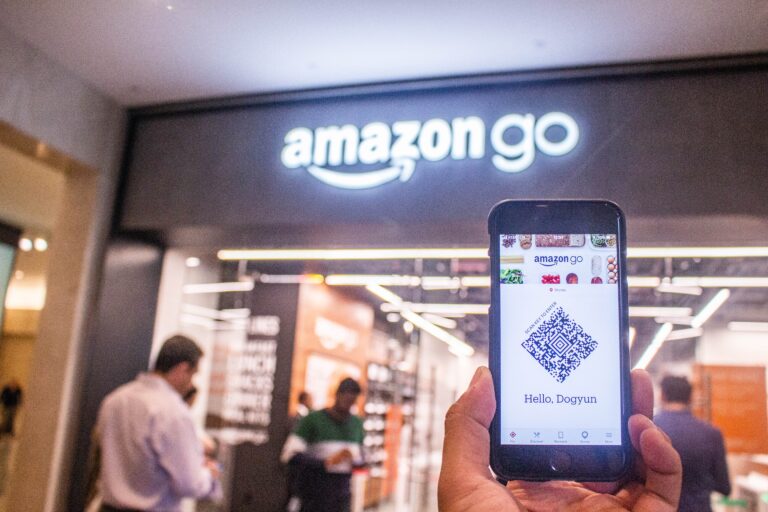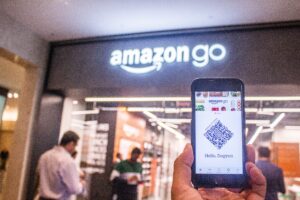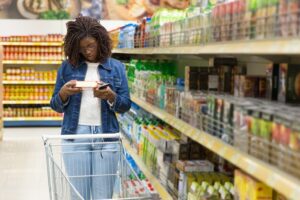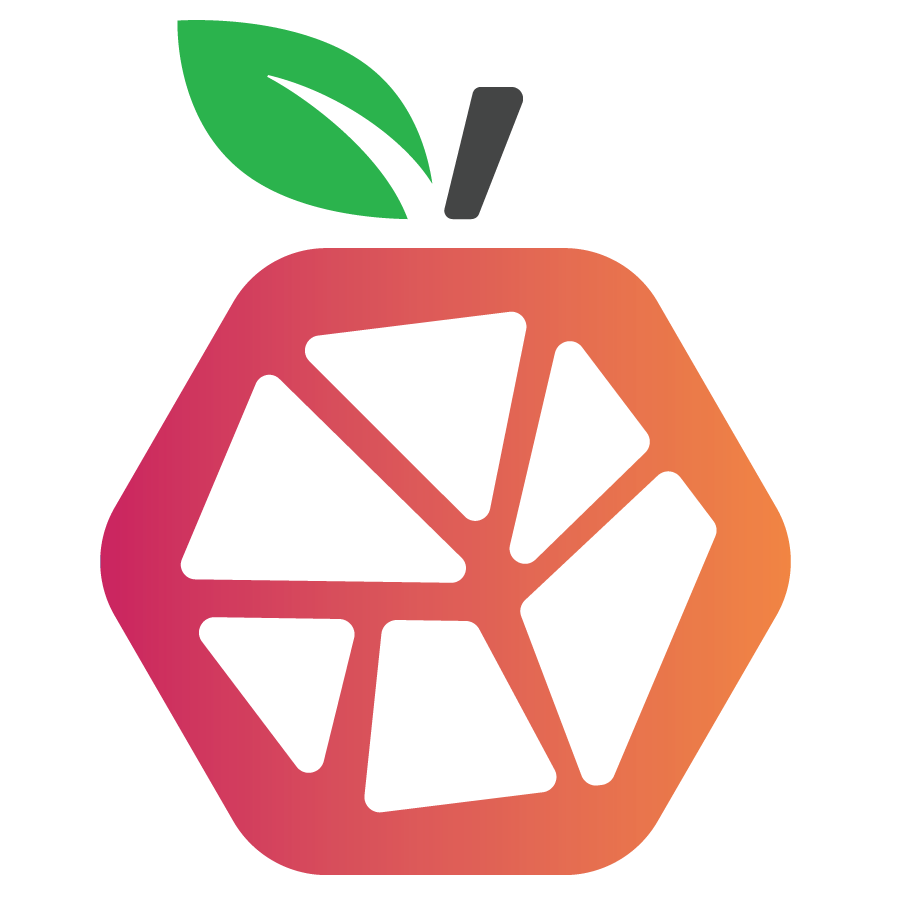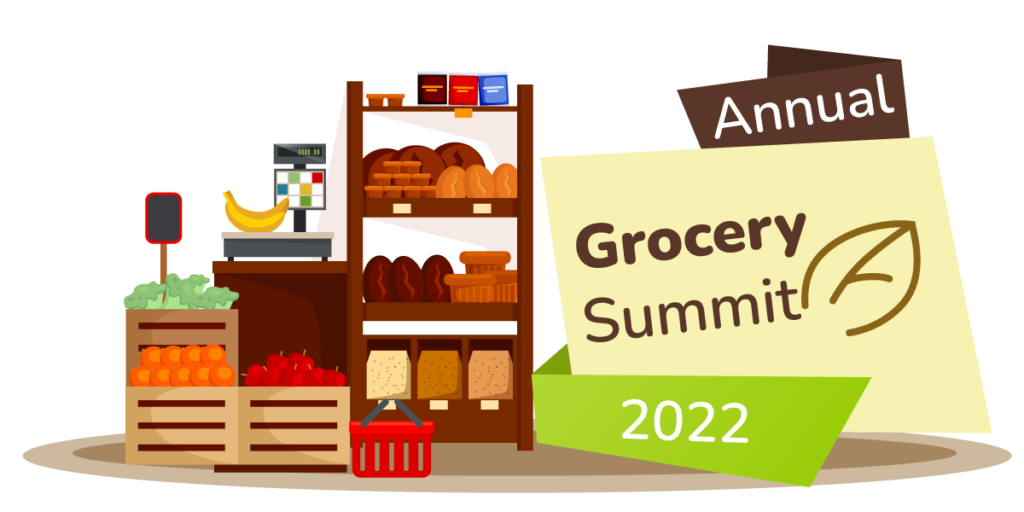
Weekly Snapshot of top trends in the Grocery Industry
This is the weekly snapshot of top trends from the Grocery industry (22 April-29 April.) AI & Robotics: McKinsey conducted a survey of European shoppers and revealed that most respondents plan to use online grocery services almost as frequently as they did in 2021. Store of the Future: A recent survey revealed that 2/3 of grocery businesses have quantified their baseline efforts and defined concrete actions to march towards sustainability efforts, and 50% have defined definite targets. Online Grocery: Grocery businesses often struggle to choose the right pricing strategy for their eCommerce business. Digital grocers choose from two main pricing strategies: offset pricing structure and up-front pricing structure. Consumer Trends: Heinen’s has launched a health clinic, the Personalized Nutrition Center, inside one of its retail outlets. The grocer is advancing digital technology and health to offer holistic services to consumers. Digital Supply Chain: Cate Trotter detailed that convenience and delivery speed are pushing delivery platforms to opt for ultra-fast delivery models in the US. She added that these hyper-fast delivery services would raise the customer expectations bar.


